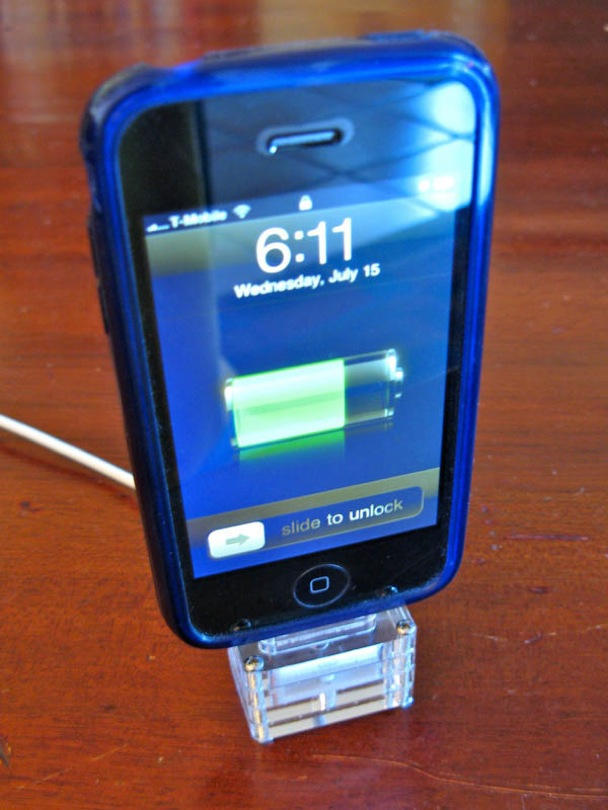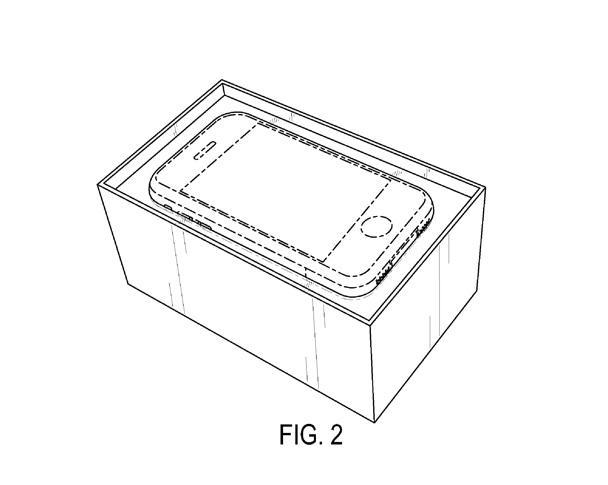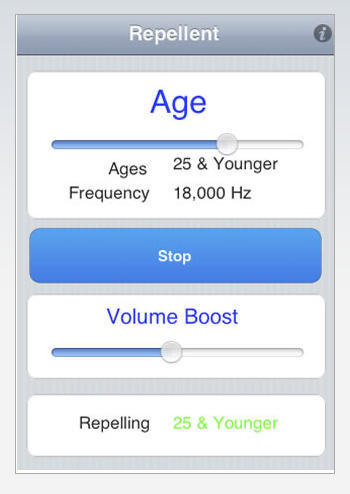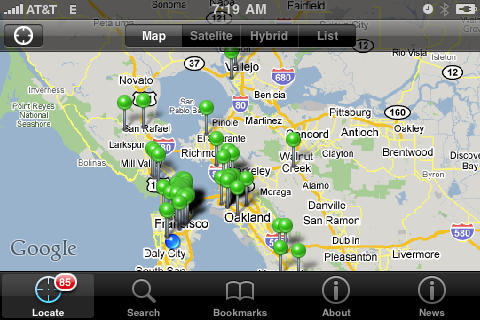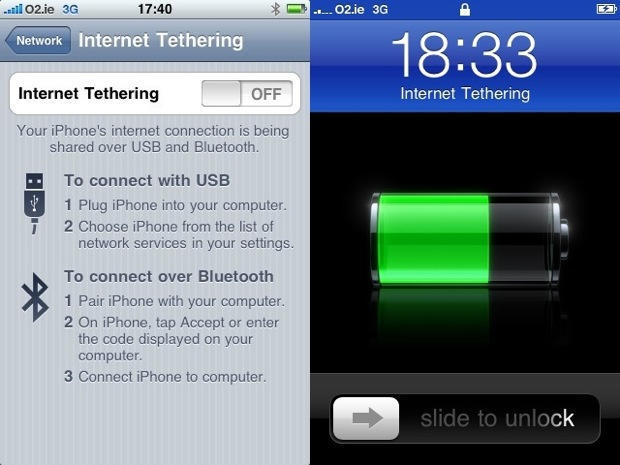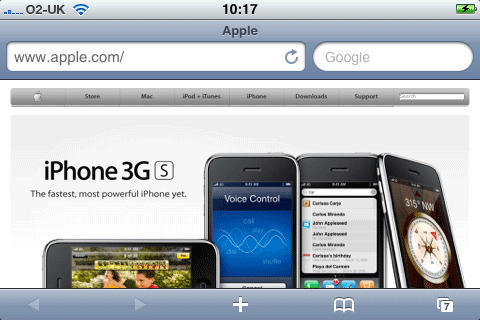The long-standing tiff between Apple and the iPhone jailbreaking community reached new heights of absurdity in a recent filing Apple made with the US Copyright office, in which the company all but claimed granting iPhone jailbreakers an exemption from the Digital Millennium Copyright Act would invite terrorist attacks on the nation’s wireless network infrastructure.
In a written response (PDF) to questions from the Copyright Office, Apple claimed that jailbroken iPhones could be used by drug dealers to avoid authorities, by hackers to skirt carrier-enforced limitations or even by attackers to crash the software at cell phone towers. “Technological protection measures were designed into the iPhone precisely to prevent these kinds of pernicious activities,” said the Apple statement, which added, “if granted, the jailbreaking exemption would open the door to them — to potentially catastrophic effect.”
The Electronic Frontier Foundation (EFF), representing consumer interests and arguing in the case for the jailbreaking exemption, dismissed Apple’s claims. “This is all just a lot of fear, uncertainty and doubt,” said Fred von Lohmann, an EFF senior staff attorney and the organization’s expert in intellectual property law.
Von Lohmann called Apple’s claims that jailbroken iPhones could bring down a carrier’s network a hypothetical game. “None of this has ever happened [with jailbroken iPhones],” he said. “You don’t see the independent iPhone stores filled with malicious software tools. Instead, they’re filled with the software that Apple has refused to offer in its App Store.”
The Copyright Office is expected to make its final ruling in the case by October.
[via PCWorld]
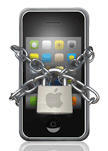

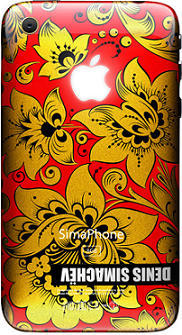
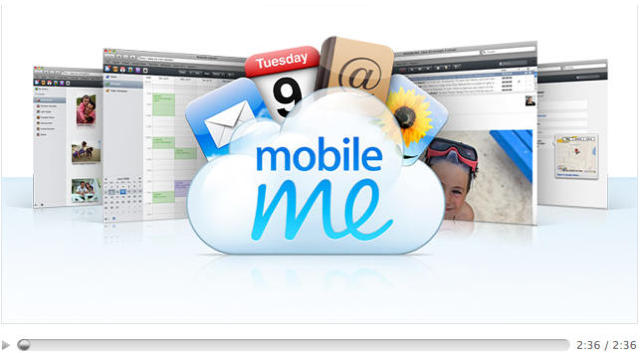
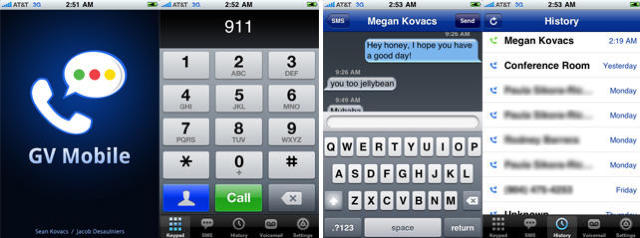
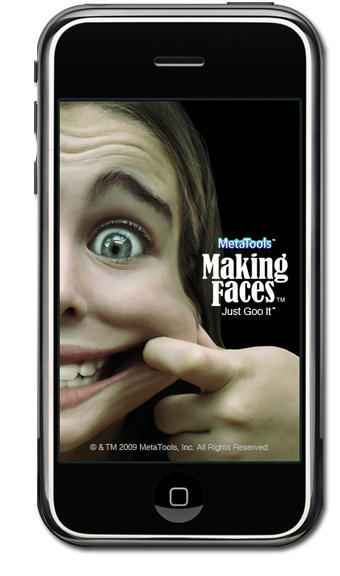


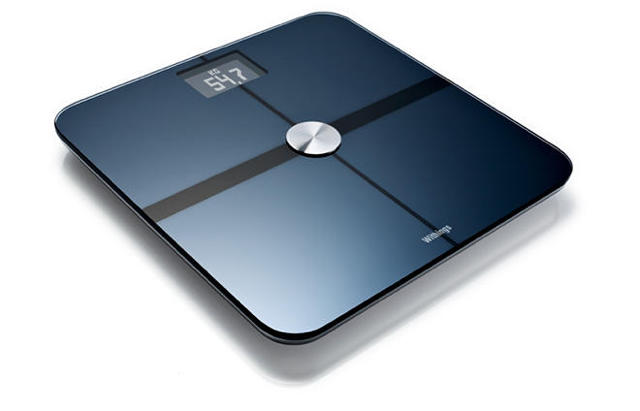


 Apple’s iTunes – the only online music distributor that matters, according to one well-placed music lawyer – may get additional competition before year-end, if an
Apple’s iTunes – the only online music distributor that matters, according to one well-placed music lawyer – may get additional competition before year-end, if an 


